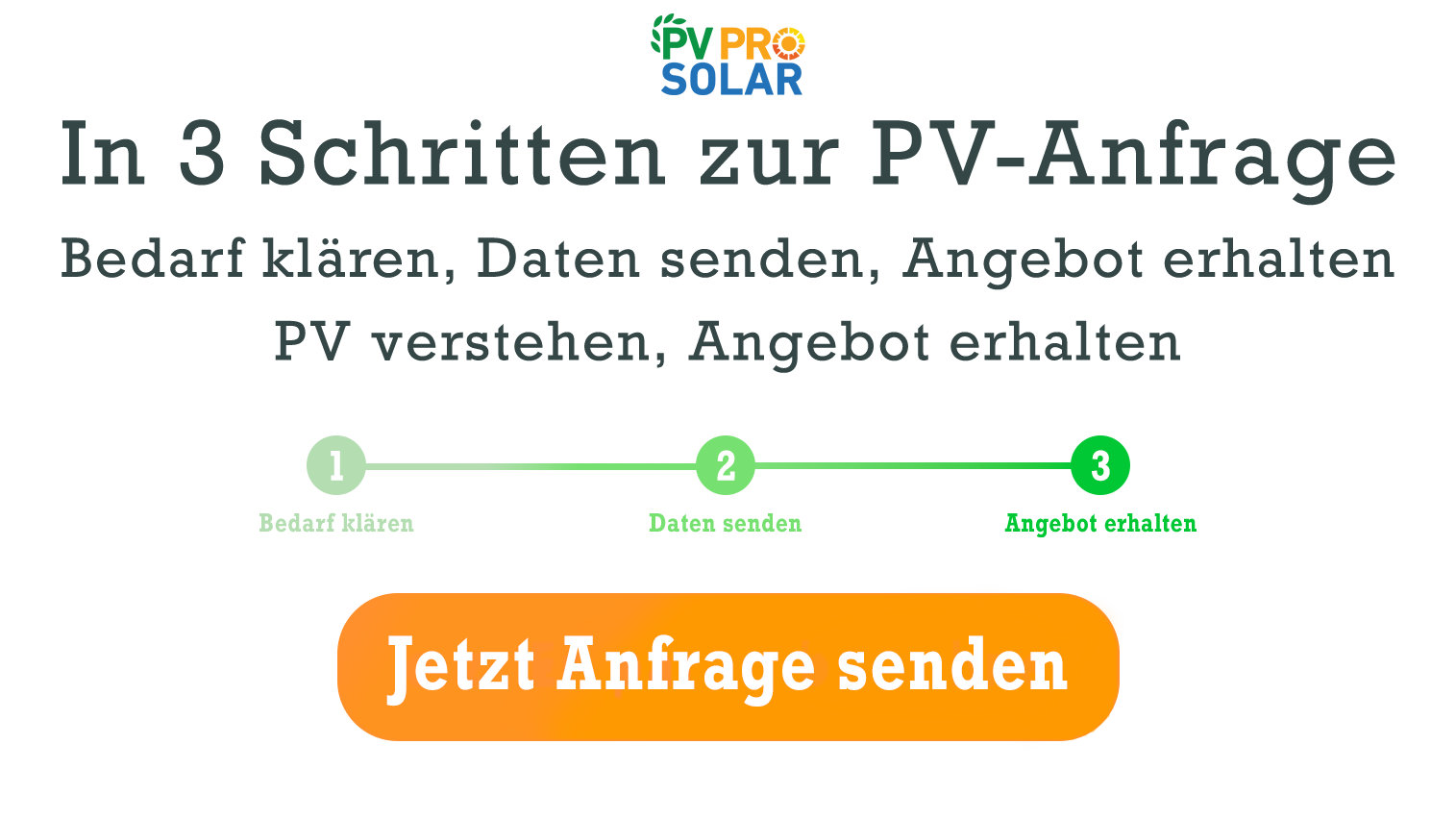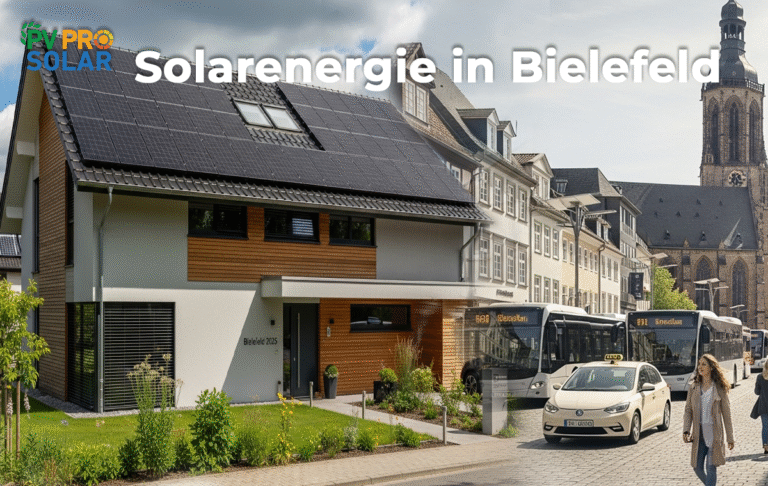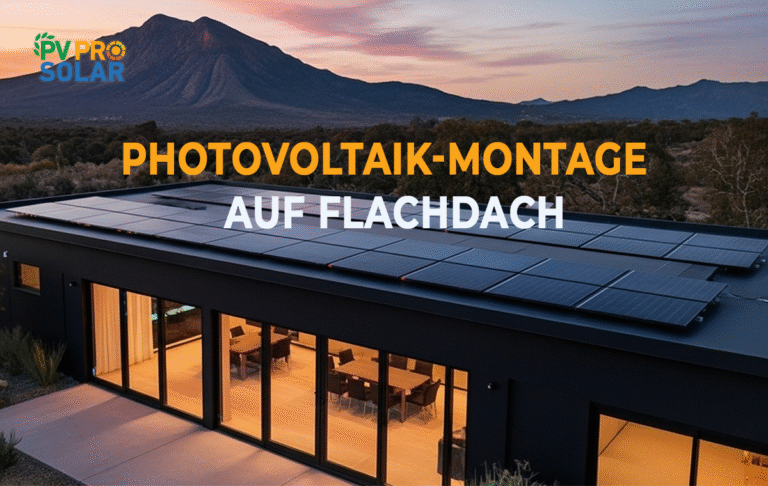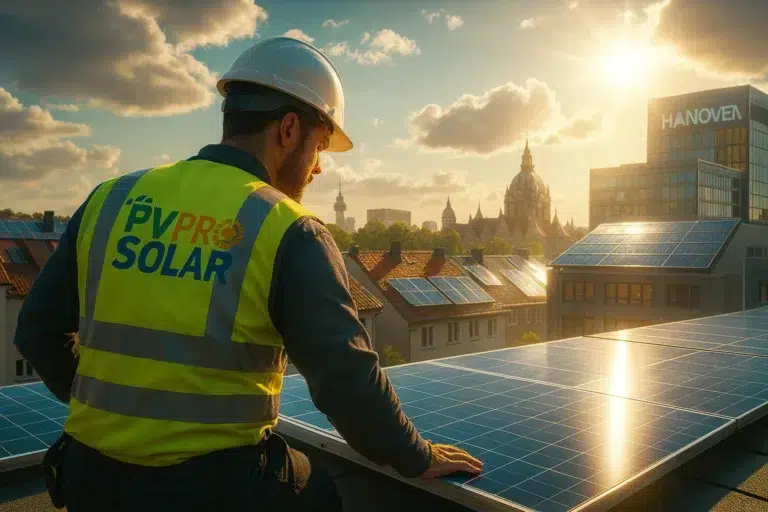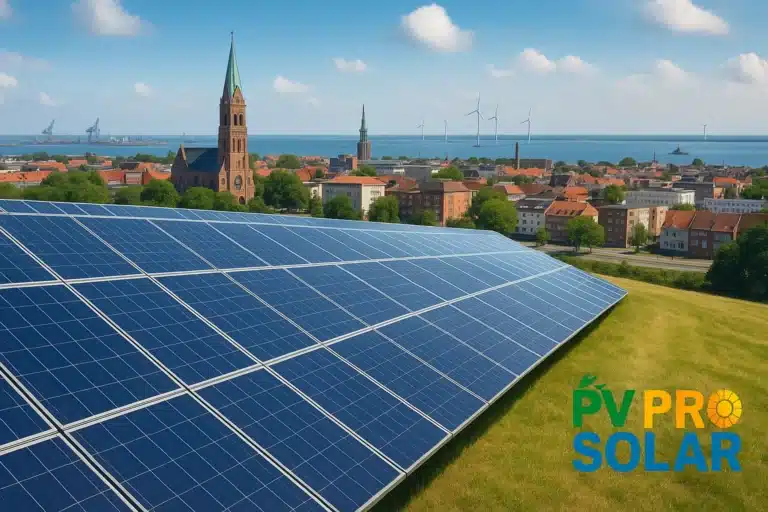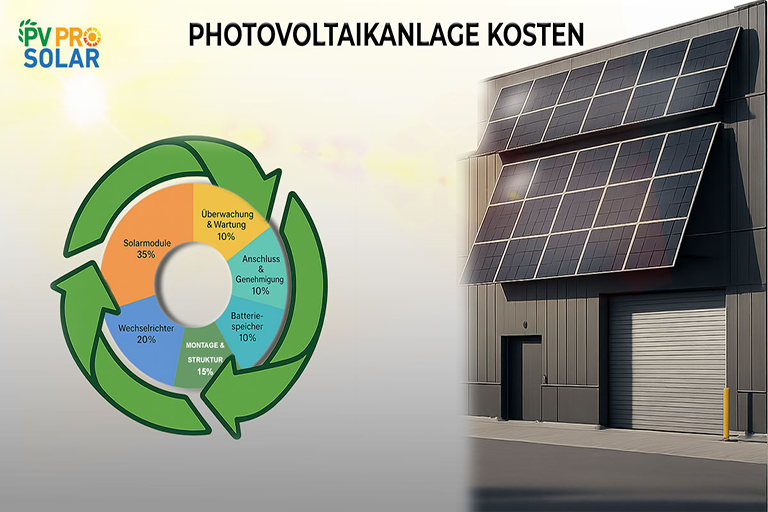Photovoltaic Subsidies 2026 – What Changes Are in Store for Homeowners and Businesses?
The Photovoltaic subsidies 2026 mark a decisive step in Germany’s energy transition. Federal and state governments are ramping up efforts to encourage both private households and businesses to expand their use of solar energy. Those planning to install a PV system in the coming year will benefit from improved subsidy programs, higher feed-in tariffs, and more flexible storage solutions. But what specific changes can be expected in 2026?
How Will Photovoltaic Subsidies Develop in 2026?
As part of the Renewable Energy Sources Act (EEG), photovoltaic subsidies will once again be revised. The primary goal is to significantly increase solar energy’s share in Germany’s electricity mix and to accelerate the rollout of rooftop and ground-mounted PV systems.
Several changes are planned for 2026, including:
- Higher feed-in tariffs for systems up to 30 kWp, aimed at incentivizing investment among private homeowners.
- Subsidies for PV systems with integrated battery storage to maximize self-consumption.
- Simplified application procedures for both small and large-scale PV installations, particularly for commercial operators.
- Technology-neutral funding, which will also cover innovative roof and façade systems.
These updates reflect a stronger focus on both economic efficiency and sustainability in the 2026 photovoltaic subsidy framework.
What Types of Subsidies Will Be Available in 2026?
The subsidy landscape for photovoltaic systems will become more diverse. In addition to the traditional EEG subsidies, several new avenues are emerging to help reduce initial investment costs:
1. Direct Grants
The KfW (German Development Bank) is preparing new programs for private households. These will combine investment grants with low-interest loans, enabling families to install their own PV systems at lower entry costs.
2. Fixed EEG Feed-In Tariffs
The established fixed feed-in tariff under the EEG will remain a central element in 2026. Depending on system size and the share of self-consumed electricity, operators will continue to receive a guaranteed payment per kilowatt-hour fed into the grid.
3. Tax Incentives
Systems up to 30 kWp will remain exempt from VAT. In addition, accelerated depreciation options for larger solar installations will be introduced to make investments even more attractive.
4. Battery Storage Support
Battery systems are crucial for achieving energy independence. That’s why the federal government is supporting the combination of PV systems and battery storage to significantly increase the share of on-site energy consumption.
Why Is Investing in a PV System in 2026 Worthwhile?
The benefits are clear: rising electricity prices, attractive subsidies, and growing environmental awareness. A private PV system offers long-term independence from utility providers and contributes actively to climate protection.
Moreover, the new 2026 photovoltaic subsidies significantly improve economic viability: amortization periods are dropping to around 8 to 10 years—or even less with optimal system design.
How Does the EEG Subsidy Work in Detail?
The EEG subsidy is based on the principle of guaranteed remuneration: system operators receive a fixed payment for solar power fed into the grid for 20 years. The 2026 updates to the EEG include:
- Introduction of a digital application portal to streamline approval processes.
- Dynamic tariff rates that reflect market prices and enhance transparency.
- Special bonuses for community solar projects, such as those in apartment buildings or energy cooperatives.
The Renewable Energy Sources Act remains the backbone of Germany’s energy transition—modernized and more accessible than ever.
What Opportunities Do Larger PV Systems Offer in 2026?
The 2026 photovoltaic subsidies are particularly beneficial for commercial enterprises and agricultural operations. Systems over 100 kWp will benefit from new auction rules, including:
- Higher capacity thresholds for subsidized systems.
- Simplified grid connection procedures in line with VDE-AR-N 4110.
- Subsidies for commercial-scale storage solutions to stabilize the grid.
This combination makes solar investments increasingly attractive for industrial operators, enabling stable returns through both self-consumption and grid feed-in.
Why Is the Fixed EEG Feed-In Tariff Still Important in 2026?
Despite falling module prices and increasing self-sufficiency rates, the fixed EEG feed-in tariff remains a key pillar of Photovoltaic subsidies 2026. Homeowners who choose to feed all generated electricity into the grid will continue to receive a reliable remuneration, independent of market fluctuations. This ensures planning certainty and reduces entry risk for new adopters.
What Role Does PV Expansion Play in Germany’s Energy Transition?
Expanding photovoltaic capacity is essential to achieving Germany’s 2045 climate goals. The federal government is aiming for over 200 GW of installed solar capacity by 2030. To reach this target, programs like the 2026 photovoltaic subsidies must be implemented consistently.
In addition to single-family homes, increasing attention is being given to commercial properties, public buildings, and agrivoltaic systems. These offer tremendous potential for sustainable energy production and are being targeted with dedicated subsidy programs.
What’s the Future of Solar Subsidies Beyond 2026?
Subsidy models for solar energy are evolving. While past programs focused mainly on feed-in tariffs, future initiatives will emphasize self-consumption and sector coupling—integrating electricity, heating, and mobility.
New approaches such as combining heat pumps, EV charging stations, and storage systems will support the development of holistic energy ecosystems. In this context, the private PV system becomes the central element of a decentralized and sustainable energy supply.
Tips for Those Interested in Photovoltaic Subsidies 2026
To make the most of the upcoming opportunities, consider the following:
- Plan early – subsidy applications often require lead time.
- Select the right system size to balance self-consumption and feed-in.
- Seek professional advice from specialized companies like PVPro Solar.
- Include a storage solution to maximize energy independence.
- Combine funding options – e.g., EEG remuneration, KfW loans, and state-level programs.
With the right approach, Photovoltaic subsidies 2026 can deliver real value—both financially and environmentally.
2026: A Pivotal Year for Solar Energy in Germany
The Photovoltaic subsidies 2026 represent a major milestone on the path toward energy independence. With higher feed-in tariffs, simplified application processes, and attractive tax incentives, investing in solar energy is now more worthwhile than ever.
Those who act now will reap long-term rewards—both economically and ecologically. Seize the opportunity to install your own PV system and become part of Germany’s energy transformation.
Visit PVPro Solar GmbH – your expert partner for modern PV systems, battery storage solutions, and tailored consultation.
Get informed now and secure your personal subsidy!
Private, commercial, and agricultural PV systems are eligible, including battery storage and tenant electricity models.
Yes, the fixed EEG feed-in tariff will be moderately adjusted to maintain the attractiveness of new PV investments. Which systems are eligible for subsidies in 2026?
Will the EEG feed-in tariff increase in 2026?


